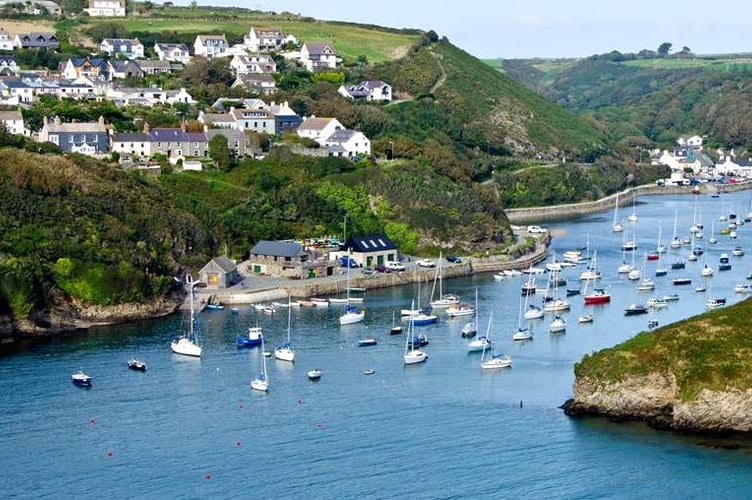Plans for further works on a Regency era former Pembrokeshire chapel, which once had ‘donkey stabling’ have been approved.
In an application to Pembrokeshire Coast National Park, Adam Bennion of Crowborough, East Sussex, through agent Acanthus Holden Architects, sought listed building consent, and a non-material amendment to a previously granted scheme, to allow the replacement of an existing corrugated asbestos roof above existing trusses, replacing it with historic slate, at Grade-II-listed Capel Bach, Chapel Lane, Solva, in the village’s conservation area.
The initial 2024 application to convert the redundant chapel to a two-bed dwelling, approved in 2024, said: “Only listed in 2022, the building is described as ‘belonging to the earliest phase of chapel building in Wales’. Believed to date from as early as 1816, the 1888 O.S survey shows the building as part of a small terrace and built on the edge of a narrow lane. The upper story gable window to the N.E suggests that the chapel has never connected to the adjoining ‘cottages’ however, if does appear to be built on land originally within the same tenure as the adjoining cottage.”
That application said the Park’s listed buildings officer, Rob Scourfield had written a description of the building following a site visit in July 2022, describing “the likely layout of the Regency chapel, its layout and likely usage (stable and Sunday school),” adding: “Following the opening of the much larger Mount Pleasant chapel in 1863, the chapel was converted to a Sunday school with ‘donkey’ stabling below”.
The building was described as “a very rare survival of a Regency chapel from the earliest phase of chapel building in Wales”.
The previous application said of the building: “Built shortly post the French wars, the structure of the chapel may well have been funded from the profits derived from the Port of Solva.
“Pencilled ‘scrawls’ within the existing cupboard and the rear of panelling may throw light on the Sunday school pupils, if not, the congregation, their names and occupations.”
The latest application, which includes a small increase in ridge height, was conditionally approved, an officer report saying: “The scheme is considered to be in keeping with the character of the listed building, and its setting in terms of design and form.”





Comments
This article has no comments yet. Be the first to leave a comment.